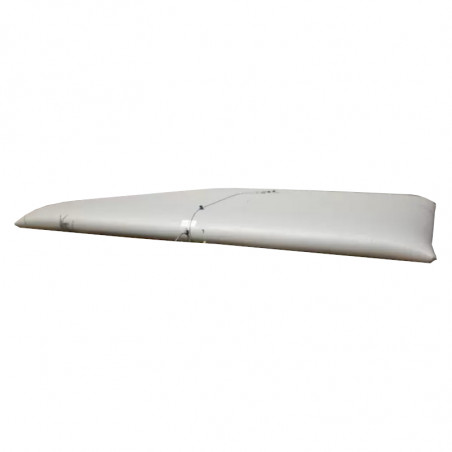Greenhouse gases emissions and ammonia deposition from animal respiration and manure have raised global concern. Arazyme, an exogenous metalloprotease, may show significant feed enzyme effects that reduce the viscosity and ammonia concentration of intestinal contents. This study evaluated the effects of supplementing feed with arazyme and dietary carbohydrolases derived from invertebrate gut-associated symbionts on the noxious gas emissions, gut microbiota, and host-microbiome interactions of pigs.
Methods: Here, 270 and 260 growing pigs were assigned to control and treatment groups, respectively. The tested feed additives contained a mixture of arazyme (2,500,000 Unit/kg) and synergetic enzymes, xylanase (200,000 Unit/kg) and mannanase (200,000 Unit/kg), derived from insect gut-associated symbionts in a 7.5:1:1 ratio. The control group was fed a basal diet and the treatment group was fed the basal diet supplemented with 0.1 % enzyme mixture (v/v) for 2 months. Odorous gases were monitored in ventilated air from tested houses. Fecal samples were collected from the steel plate under the cage at the completion of the experiment to determine chemical composition, odor emissions, and bacterial communities.

Results: There was a significant decrease in the concentration of NH3 (22.5 vs. 11.2 ppm), H2S (7.35 vs. 3.74 ppm), trimethylamine (0.066 vs. 0.001 ppm), and p-cresol (0.004 ppm vs. 0 ppm) at 56 d in the treatment group compared with the control group. Moreover, fecal analysis results showed that exogenous enzyme supplementation caused a reduction in volatile fatty acids and indole content with approximately >60% and 72.7%, respectively. The result of gas emission analysis showed that NH3 (9.9 vs. 5.3 ppm) and H2S (5.8 vs. 4.1 ppm) were significantly reduced in the treatment group compared to the control group. The gut microbiota of the treatment group differed significantly from that of the control group, and the treatment group altered predicted metabolic pathways, including sulfur and nitrogen-related metabolism, and urea degradation.
Conclusion: The results demonstrated that supplementing feed with arazyme with dietary carbohydrolases effectively controls noxious gas emissions and improves the health and meat quality of pigs.
Kim JH, Ko GP, Son KH, Ku BH, Bang MA, Kang MJ, Park HY. Arazyme in combination with dietary carbohydrolases influences odor emission and gut microbiome in growing-finishing pigs. Science of The Total Environment. 2022; 848: 157735. https://doi.org/10.1016/j.scitotenv.2022.157735




